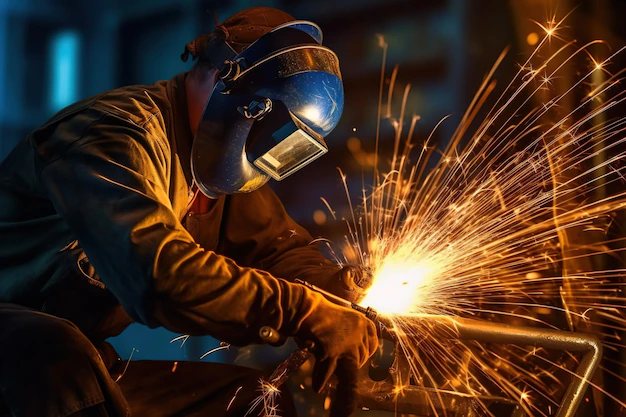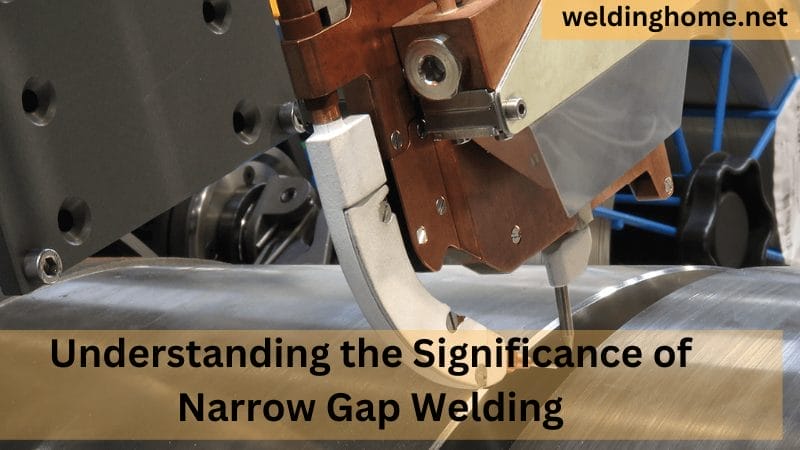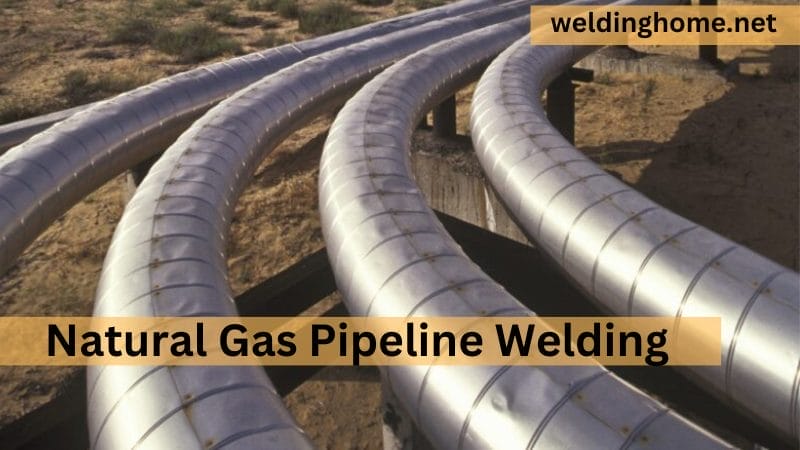What Is Overlap in Welding? And How to Prevent It?

Introduction
In several sectors, welders need help with overlap. Weld beads overlap when extra weld metal spreads beyond the junction. Quality, strength, and aesthetics of welded constructions depend on understanding overlap and how to avoid it.
This article will explain “What Is Overlap in Welding? And How to Prevent It? Quality welding is essential for joining metals and ensuring product integrity. Overlap degrades structural bonding and detracts from weld aesthetics.
I shall cover the overlap’s causes, effects on welded joints, and prevention methods. This article can help you overcome overlap in welding, whether you’re an expert or a beginner.
What Is Overlap in Welding? And How to Prevent It?Causes and Consequences”
Welding is an essential industrial procedure used for metal joining; nonetheless, it is full of inherent difficulties. Overlap is an often encountered challenge faced by welders. This article explores the concept of overlap in welding, including its origins, ramifications, and, notably, strategies for its prevention.
“Common Welding Mistakes: Overlap and How to Tackle It”
Welding Overlap: What Is It?

Put, welding overlap is the excess filler material that extends beyond the borders of the weld. This occurs when more filler metal is added to the weld pool, but it does not combine perfectly with the base metal and spills outside the planned weld region.
In welding, overlap happens when the extra filler material goes beyond the joint bead. Unlike a perfect bond, the base metals and filling material blend perfectly to make a firm link.
To show this, think of an entire swimming pool. When the water level in the reservoir goes too high, it spills out and into other places.
Overflowing is like welding overlap in that the extra filling metal gets up in places it shouldn’t, messing up the join lines.
Causes of Overlap

- Indeed, shown below are seven prevalent factors contributing to the occurrence of welding overlap:
- The utilization of an inappropriate welding speed might result in overlap, whereby an excessive amount of filler material is deposited before the advancement of the weld.
- High heat input may lead to an excessive filler metal flow, resulting in overlap.
- A sufficient technique, characterized by incorrect manipulation of the flame or electrode, may lead to overlap.
- Welders who need more experience may have difficulties effectively managing the weld pool, resulting in complications related to overlapping.
- Deficiencies in equipment, such as irregular wire feed or voltage fluctuations, may lead to inconsistent welds and overlapping.
- Insufficiency in the provision of supervision and quality control may fail to detect instances of overlap during the welding process.
- Selecting an unsuitable filler material for the base metal and welding process might result in compatibility concerns and subsequent overlap.
The Implications of Overlap
The phenomenon of reduced strength in welded joints
The presence of overlap may have a substantial detrimental effect on the strength of the welded connection. The company of surplus material results in a protrusion, which might give rise to localized areas of heightened stress. These vulnerable areas’ presence makes them prone to fracturing and subsequent malfunction when subjected to external forces. This circumstance is particularly undesirable, particularly in situations where the consequences are severe.
Diminished Aesthetic Allure
In conjunction with structural concerns, the presence of overlap also has a detrimental impact on the aesthetic appeal of the weld. An irregular and unattractive texture poses a significant problem in contexts where visual appeal has significance, such as architectural welding.
Methods for Mitigating Overlap in Welding
Ensuring the absence of overlap is crucial to get robust, long-lasting, and aesthetically pleasing welds. Outlined below are many essential measures to prevent overlap:
Effective Welding Techniques
One of the primary methods for mitigating overlap is using appropriate welding procedures. This entails adherence to proper travel speed, electrode angle, and arc length. Correct methodology guarantees the uniform deposition of molten metal and prevents the accumulation of excessive material.
Ensuring Optimal Heat Regulation
The regulation of heat input is of utmost importance. Applying appropriate amperage and voltage configurations tailored to the particular welding procedure may effectively mitigate the occurrence of overlap. Monitoring the preheating and interpass temperatures is crucial when working with thicker materials.
Utilizing Suitable Welding Materials
The selection of appropriate welding materials, such as the specific electrode or filler wire, may substantially impact. The choice of materials should be determined by considering the base metal and the welding procedure used to minimize the potential for overlap.
Supervision and Quality Control:
Preventing overlap in welding processes necessitates implementing crucial measures such as seasoned welders’ supervision and quality control protocols, including inspections and testing procedures. The performance of regular monitoring procedures plays a crucial role in ensuring adherence to welding standards, thereby reducing the likelihood of mistakes such as overlap being undetected.
Conclusion
Welders must face overlap. It affects structural integrity and safety, not simply aesthetics. This article explained welding overlap, from its definition to its causes and effects.
Overlapping may be avoided with the appropriate strategy. Welders may limit overlap by using suitable welding procedures, managing heat input, using acceptable materials, and paying close attention. These steps produce more robust, more lasting welds with attractive results.
Whether you’re a beginner or an experienced welder, eliminating overlap is essential to producing high-quality welds. This tutorial will help you overcome overlap and create structurally solid and aesthetically appealing welds. Happy welding!
FAQ’S
What is the main reason why welds overlap?
Too much heat and a slow-moving torch or electrode are the leading causes of welding overlap. It causes extra weld metal to stick out past the joint.
How does contact change how strong a bond is?
Overlap can damage a weld by creating places where stress builds up. This is important to worry about in structural uses because it can cause cracks and failure when stressed.
Is it possible to fix the gap after welding?
It’s hard to fix overlap after welding. Following the proper welding methods and quality control measures is generally the best way to avoid it in the first place.






